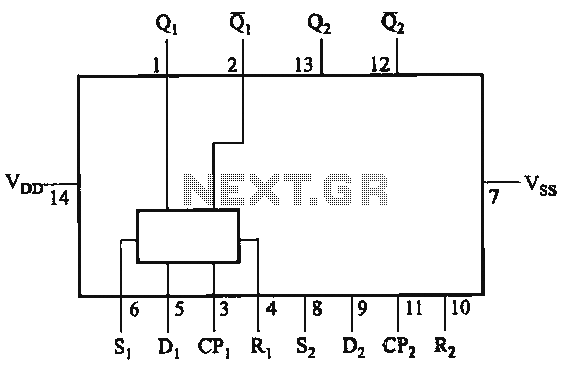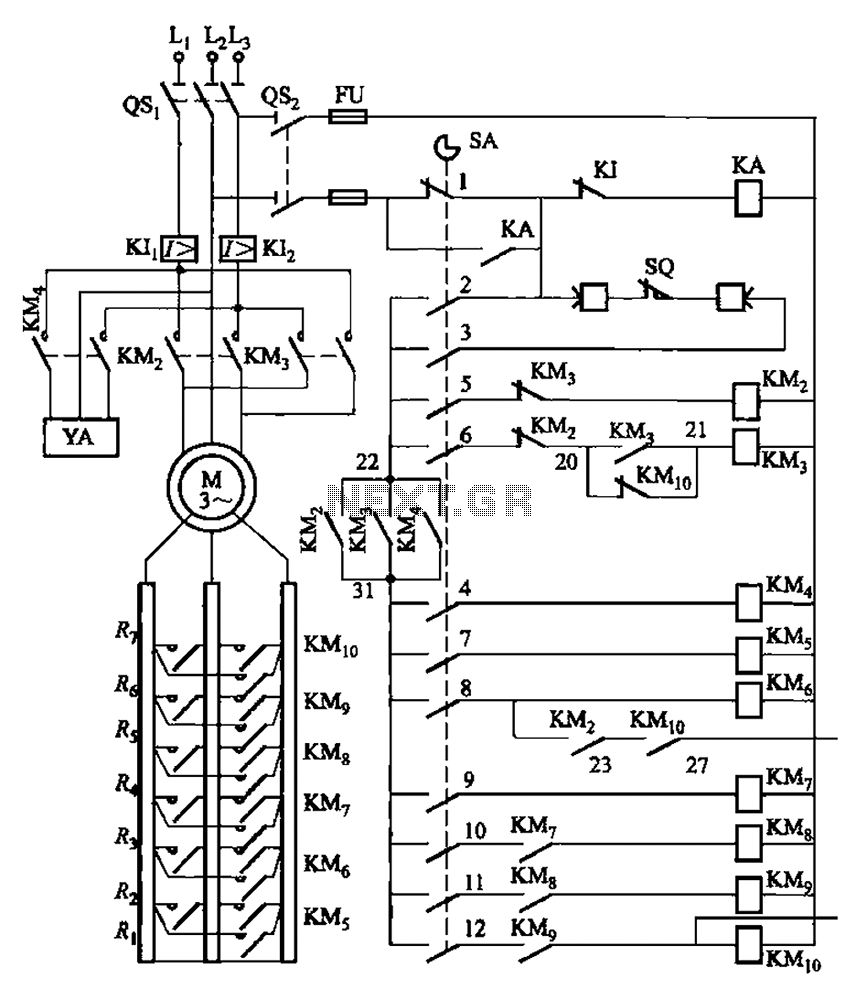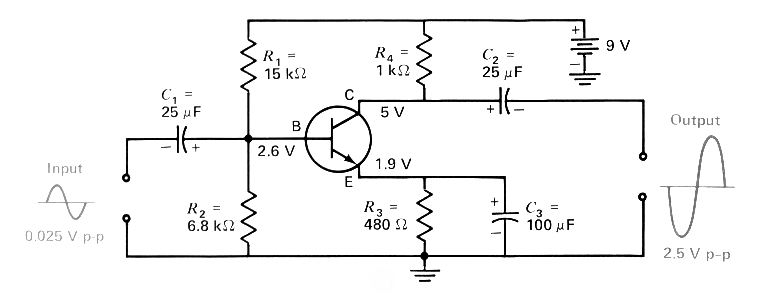
Led Expanded Scale Voltmeter Circuit

A10-V zener diode is utilized to extend the measurement range of a voltmeter from 0-5 V to a range of 10-15 V. An LED bar graph illuminates one segment for every 0.5 V increase above 10 V. Additionally, the 7805 integrated circuit supplies a 5-V reference and powers the bar graph LEDs.
The circuit employs an A10-V zener diode to achieve a voltage scaling function, enabling a standard voltmeter to measure higher voltage levels. The zener diode operates in reverse bias and maintains a stable output voltage, which in this case is set to 10 V. By connecting the zener diode in parallel with the input voltage, any voltage above 10 V will be effectively clamped, allowing the voltmeter to read from 0 to 5 V based on the scaled input.
The LED bar graph is designed to visually represent the voltage levels above 10 V. It consists of multiple segments, each corresponding to a 0.5 V increment. As the input voltage increases, the bar graph activates one LED segment for every 0.5 V increase, providing a clear and immediate visual indication of the voltage level.
The 7805 voltage regulator integrated circuit is a crucial component in this design, providing a stable 5 V output. This output serves two purposes: it acts as a reference voltage for the measurement circuit and powers the LED segments of the bar graph. The 7805 ensures that the bar graph operates reliably, maintaining consistent brightness regardless of variations in input voltage or load conditions.
In summary, this circuit effectively expands the measurement capabilities of a standard voltmeter using an A10-V zener diode for voltage scaling, an LED bar graph for visual representation, and a 7805 IC for reliable power supply and reference voltage. A10-V zener diode is used to expand the scale of a 0- to 5-V voltmeter to a 10- to 15-V voltmeter. The LED bar graph lights one segment per 0.5-V input above 10 V. The 7805 IC provides a 5-V reference and 5 V for the bar graph LEDs.
The circuit employs an A10-V zener diode to achieve a voltage scaling function, enabling a standard voltmeter to measure higher voltage levels. The zener diode operates in reverse bias and maintains a stable output voltage, which in this case is set to 10 V. By connecting the zener diode in parallel with the input voltage, any voltage above 10 V will be effectively clamped, allowing the voltmeter to read from 0 to 5 V based on the scaled input.
The LED bar graph is designed to visually represent the voltage levels above 10 V. It consists of multiple segments, each corresponding to a 0.5 V increment. As the input voltage increases, the bar graph activates one LED segment for every 0.5 V increase, providing a clear and immediate visual indication of the voltage level.
The 7805 voltage regulator integrated circuit is a crucial component in this design, providing a stable 5 V output. This output serves two purposes: it acts as a reference voltage for the measurement circuit and powers the LED segments of the bar graph. The 7805 ensures that the bar graph operates reliably, maintaining consistent brightness regardless of variations in input voltage or load conditions.
In summary, this circuit effectively expands the measurement capabilities of a standard voltmeter using an A10-V zener diode for voltage scaling, an LED bar graph for visual representation, and a 7805 IC for reliable power supply and reference voltage. A10-V zener diode is used to expand the scale of a 0- to 5-V voltmeter to a 10- to 15-V voltmeter. The LED bar graph lights one segment per 0.5-V input above 10 V. The 7805 IC provides a 5-V reference and 5 V for the bar graph LEDs.





